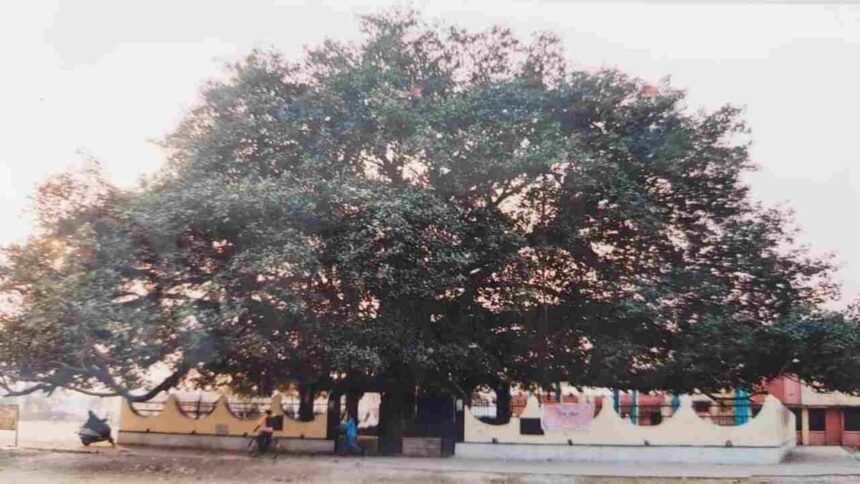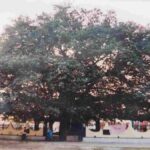old banyan tree sunhera revolutionaries : The Old Banyan Tree of Sunhera: A Forgotten Tale of 152 Revolutionaries
old banyan tree sunhera revolutionaries :Roorkee, August 13, 2025: Sunhera, once a village adjacent to Roorkee, has now become a municipal ward. However, just a few years ago, this area, four kilometers from the tehsil, was still a village. There stands an old banyan tree. No one knows its age; even the village elders have always seen it this way. Yet, this “elder,” still standing tall with pride, has witnessed a tale of revolution so obscured by the dust of time that it couldn’t find a place in history books even after 200 years. Although some efforts were made later, it still hasn’t received the recognition it deserves.
This saga of the “first rebellion” for independence is actually documented in the Saharanpur Gazetteer. The gazetteer was compiled by H.R. Nevill, a British officer of the Indian Civil Service (ICS), who created a series of gazetteers for “District Gazetteers of United Provinces of Agra and Oudh.” The Saharanpur Gazetteer was part of this series. Let’s delve into this story of revolution, which predates the 1857 War of Independence by nearly three decades.
The Roots of Rebellion in Kunja Bahadurpur
Kunja Bahadurpur, a village in Bhagwanpur Tehsil, 15 km from Roorkee, is where the roots of this rebellion lie. It was the year 1822, a time of drought. Crops had failed, and British officers were forcibly collecting land revenue. This ignited widespread anger among the farmers. When the farmers pleaded with Raja Vijay Singh of Landhaura Riyasat, he requested the Company government to waive the land revenue. The British rejected his plea, sparking a fire of rage within Raja Vijay Singh.
The Uprising and Its Tragic End
With the help of his commanders, Kalyan Singh and Bhura, Raja Vijay Singh blew the trumpet of rebellion, uniting the farmers. It is said that they even looted the Company government’s treasury. After a two-year conflict, the British brutally suppressed this revolt in 1824. On October 3rd, Raja Vijay Singh and his commander Kalyan Singh were martyred. The 152 revolutionaries who were captured were hanged from the banyan tree in Sunhera village. Even today, the marks of chains and hooks on this tree serve as a testament to that era. It is said that chains and hooks remained on the tree until 1947.
A Legacy Remembered
Even now, the villagers observe October 3rd as Martyr’s Day. The then Chief Minister of Uttar Pradesh, Narayan Dutt Tiwari, was the first to visit the site and pay homage to the martyrs. After the formation of Uttarakhand, former Vice President M. Venkaiah Naidu also visited the memorial.









